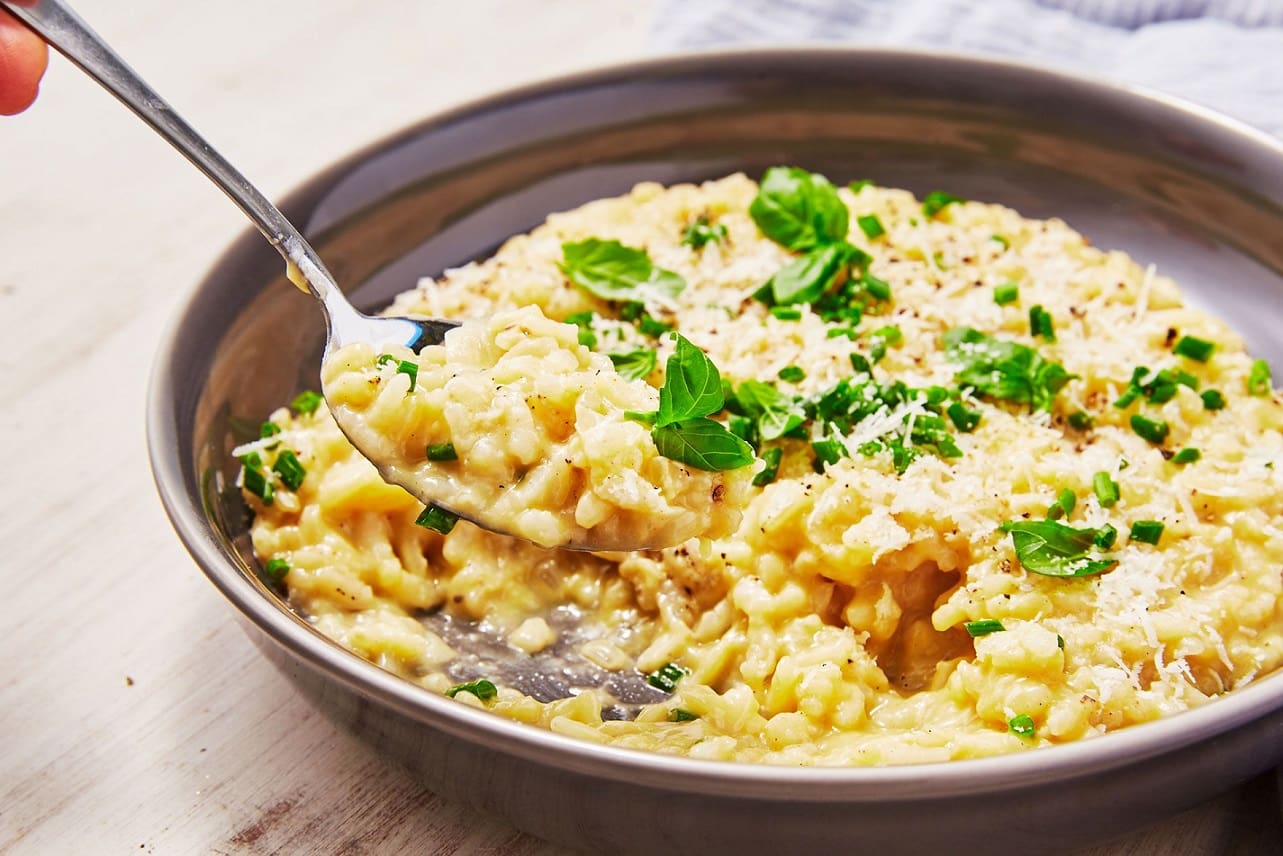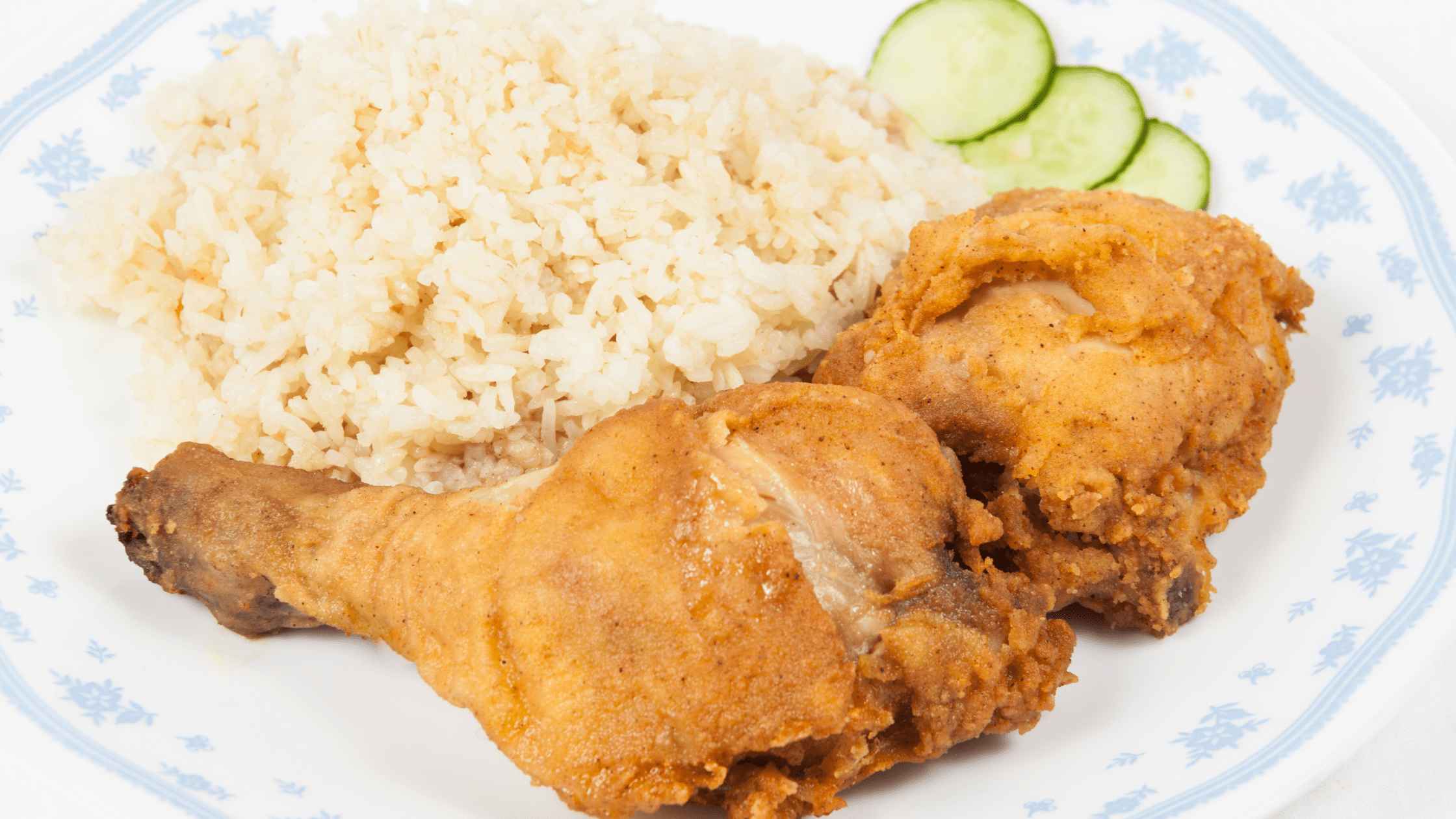Introduction
It would be an understatement to say that rice is an important staple food in many parts of the world. In China, for example, there are more than 37 types of rice with varying flavors and textures used for different dishes. It has long been a tradition for families to enjoy their meals together, and a bowl of rice plays a central role in these family gatherings.
It is a staple food for billions of people and has various health benefits. In this blog post, we will discuss some of the health benefits of rice and ways to incorporate it into your diet. Rice is an excellent source of fiber, protein, vitamins, and minerals source. It can help regulate blood sugar levels, reduce inflammation, and improve heart health. So if you’re looking for a healthy and nutritious grain to add to your diet, look no further than rice!
The Nutritional Value Of Rice
The nutritional value of rice is almost equal. Daily an average person needs to consume about 2,000 calories to maintain a healthy weight and perform daily functions. Rice is an excellent source of carbohydrates and thus aids in the absorption of other nutrients such as vitamins, minerals, protein, and dietary fiber.
One cup of cooked brown rice provides about 453 calories, 4 grams of fiber, and 2-3 grams of protein, depending on the type. It also provides iron, manganese, and B vitamins such as thiamin (B1), niacin (B3), folate, and essential minerals like magnesium, phosphorus, potassium, and copper. Fiber from rice helps in the digestion and metabolism of other nutrients. Fiber also plays a role in reducing constipation, diarrhea, and atherosclerosis. It lowers cholesterol levels by preventing its absorption in the intestine.
Protein found in rice is one of the best sources of amino acids. Amino acids are building blocks for proteins and can be used to make new proteins or repair damaged cells. That’s why consuming enough protein is essential to maintain good health and preventing diseases like osteoporosis, cancer, and diabetes. Protein also enhances mental function, which is essential when you want to maintain your memory as you age.
How To Cook Rice Perfectly Every Time
1. Wash Rice Before Cooking.
It is recommended to wash rice before cooking because it removes the dirt, which can cause your rice to develop a bad flavor. Most recipes will instruct you to rinse rice 2-3 times, but some cooks suggest using about 4-5 rinses to eliminate most of the grime. Use warm water and a gentle scrubbing motion instead of rubbing or scraping.
2. Whisk Together Other Ingredients With Rice
Most recipes will instruct you to add other ingredients immediately after adding the rice into a heated pan or pot with water and bring it to a boil (or use a rice cooker).
3. Lower Heat And Simmer
Most of the cooking time varies based on how full the pan is. A cup of uncooked rice takes about 20 minutes to cook. Let your rice simmer to avoid the raw smell and taste until the water evaporates. This should take about 45 minutes to an hour on medium-high heat in a covered pot or another 15 minutes on high heat in a covered pan with a tight-fitting lid.
4. Reduce Heat And Leave It Alone
Once the water has evaporated, turn the heat to low. Leave it alone for 10-15 minutes, then remove the pot or pan from the stovetop. Remove the lid at this time (if you have a tightly covered lid). The rice should be fluffed, brown, and firm. Use a fork to fluff up each grain before serving.
Creative Ways To Enjoy Rice Dishes
You can find rice dishes in almost every cuisine and culture. The place of rice and other grains in foods varies significantly worldwide. In traditional Chinese, Japanese, and Indian cuisines, rice is cooked as a side dish or as part of the main dish. The main dishes include stewed meats such as chicken or pork, stir-fried vegetables such as greens and mushrooms, or baked fish or poultry. Rice is also added to other dishes for texture or flavor.
The History And Culture Of Rice Around The World
Rice is an essential food in a variety of cultures. Around the world, rice is a staple for everyday meals throughout the year. In some cultures, rice is consumed on special occasions like weddings. The significance of rice in traditional African and Indian cuisines cannot be overlooked either.
Rice As A Symbol Of Life, Fertility, And Abundance
The origin of the word “rice” traces back to the Latin word for grain, “Oryza.” In the ancient Vedic texts, rice was called “sacred grass” because it was vital to people’s survival. It was considered a gift from the gods and often mentioned alongside sacred rivers and other gifts from the gods.
The history of rice in China resembles the mythical story of how rice became a staple food. Legend has it that a long time ago, there were two dragons named Ying Long (meaning “Responding Dragon”) and Chui Long (which means “Summoning Dragon”). The two dragons fought over a beautiful fairy named Fa Mu Lan. After a fierce battle, the two dragons fell into a deep sleep. Fa Mu Lan took the opportunity to flee and hid in a marsh. When she awoke, she found several rice plants growing around her and was delighted by their beauty. She picked out five of the largest grains and ate them, hoping to regain her strength. After eating these grains, however, she became so weak that she could not walk anymore, let alone flee. But everything changed when a child appeared before her named Yu Shun, who insisted on carrying her back to his village in exchange for learning what she had learned from her magical teacher.
Conclusion
Whether you’re trying to lose weight, need a carb source for your workout, or are trying to eat healthier, rice is a fantastic choice. Rice is low in fat and high in fiber and protein, which makes it a filling option for those looking to watch their weight. Getting in enough fiber can help you feel fuller longer and prevent unwanted weight gain. Protein is an effective aid in weight loss, muscle toning, etc.
One cup of cooked brown rice provides over half the daily value of selenium. Selenium protects against free radicals that can contribute to cancer, heart disease, and other severe conditions like Parkinson’s and type II diabetes.
Rice is one of the healthiest foods that everyone should eat regularly. As you can see from the information above, rice can provide your body with many nutritional benefits. From fiber to protein to carbohydrates, rice contains a nutrient that can positively impact your health. Add this healthy grain to your diet today!


